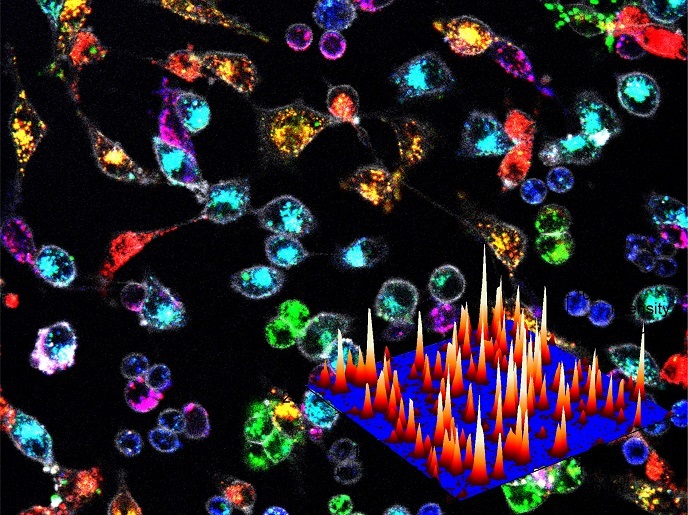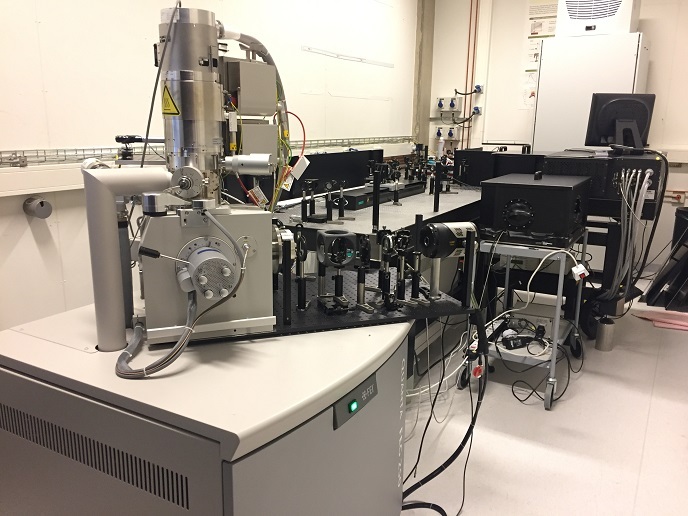Organic crystalline materials’ research advances solar cell design
Although impressive advances have been made in organic photovoltaic systems, control of their nanoscale structure has proved elusive. The development of model systems with well-defined periodic, interpenetrating networks of electron donor and acceptor phases would represent a major breakthrough. The EU-funded ECOF (Electroactive Donor-Acceptor Covalent Organic Frameworks) project addressed this challenge by creating highly defined model systems, to increase understanding of the relationship between electronic and structural parameters, and the resulting light-induced charge carrier dynamics. Researchers based their work on covalent organic frameworks (COFs), a recently discovered class of highly porous, organic crystalline materials whose molecular building blocks are held together by covalent bonds. “These two-dimensional layered and three-dimensional polymers promise much greater structural control and greater understanding of physical properties,” says project coordinator Thomas Bein. This unique interdisciplinary project involved top-level organic synthesis with advanced nanoscience and in-depth physical characterisation. “Being able to assemble COF architectures at the nano- and microscale is of fundamental importance for achieving novel functionalities,” Bein explains.
A high degree of order
Project partners developed COFs that can form semiconducting phases, including interpenetrating phases with electron-donor and electron-acceptor properties. “The novel frameworks can ultimately serve as periodic bulk heterojunctions, which comprises donor and acceptor materials intermixed throughout the device that can harvest light, generate excitons, and separate the latter into charges that are collected at electrodes or that are converted into chemical bonds,” notes Bein. Moreover, the high degree of order in such systems also provides a deep understanding of the charge carrier dynamics, allowing scientists to create more efficient solar cells and other optoelectronic devices. Working together with organic chemists, the team created COFs with different heteroaromatic electron donor and acceptor moieties. This permitted the formation of highly ordered interpenetrating networks for light-induced charge separation. To achieve its ambitious goals, ECOF researchers first synthesised multifunctional molecular building blocks to create highly crystalline COFs. They also developed thin film growth strategies, including oriented films on conducting substrates, device construction and detailed characterisation of the optoelectronic and dynamic behaviour of the new systems.
Microstructures created
A detailed mechanistic investigation revealed the time-dependent transformation of initial sheet-like agglomerates into tubular microstructures. Bein comments: “Surprisingly, the obtained COF exhibited spontaneous aggregation into microtubular assemblies with outer and inner tube diameters of around 300 and 90 nm, respectively.” To further modify the luminescent properties of COFs, it is also possible to graft fluorescent moieties onto the walls of functionalised COF systems. “We have, for example, developed a novel COF based on terphenyldiboronic acid exhibiting open pores of about 4.1 nm,” adds Bein. ECOF will open up new opportunities for generating precise models and predictions on the relationship between the spatial and electronic structure of organic semiconductors and their optoelectronic behaviour. “We expect these insights to be of fundamental importance for the future design of efficient devices based on organic semiconductors, such as organic solar cells and organic light emitting diodes,” Bein concludes.
Keywords
ECOF, covalent organic framework (COF), electron, donor, acceptor, crystalline, solar cell, optoelectronic, moieties, semiconductor, heterojunction, polymer, terphenyl diboronic acid







